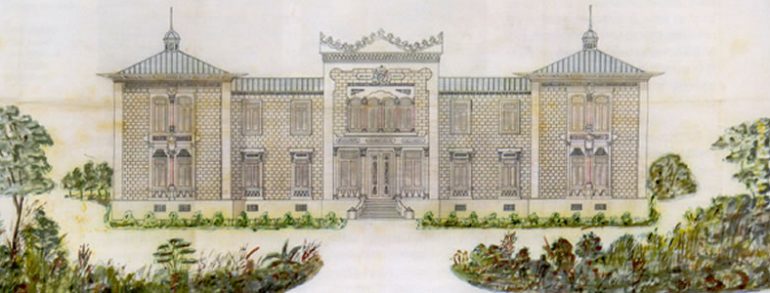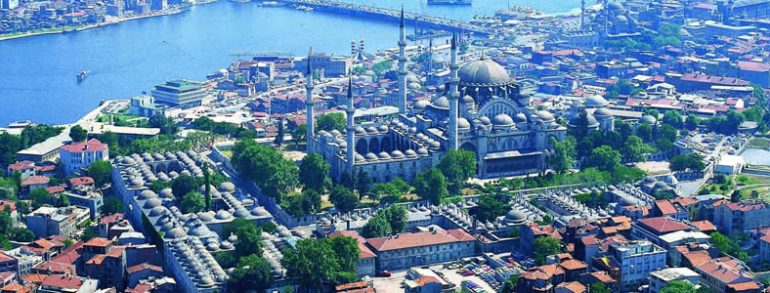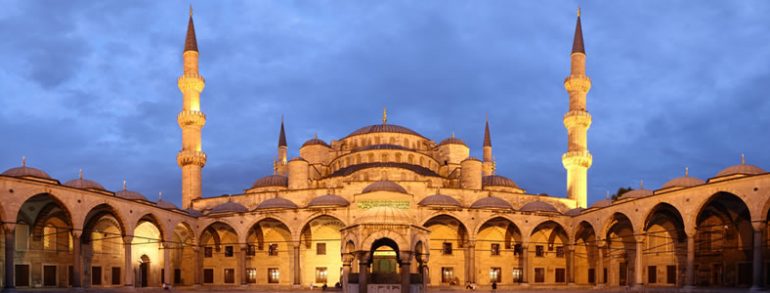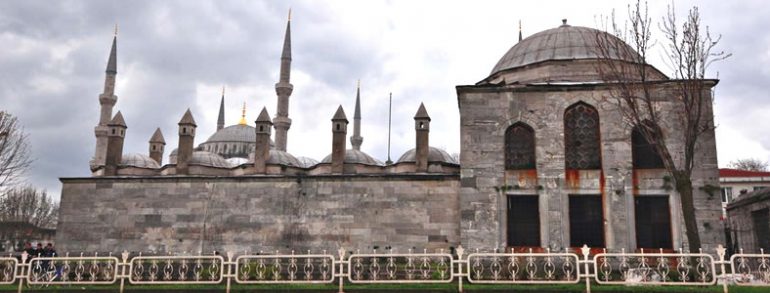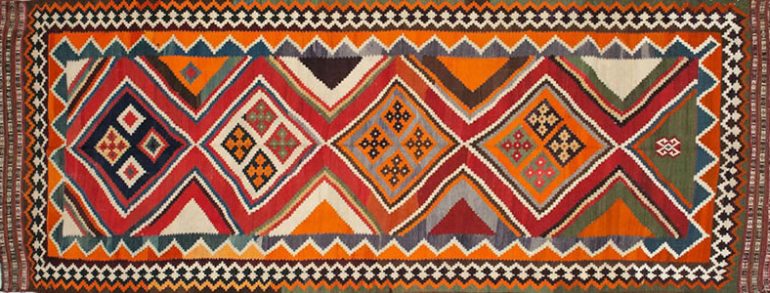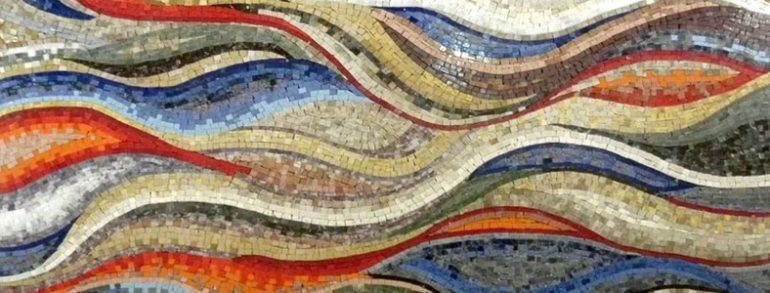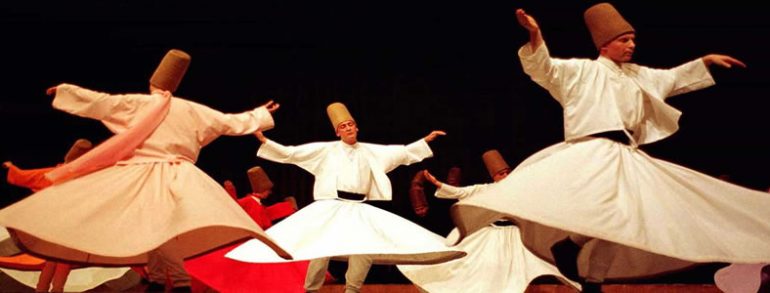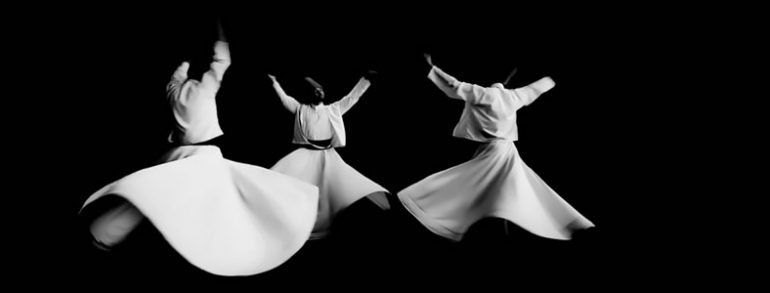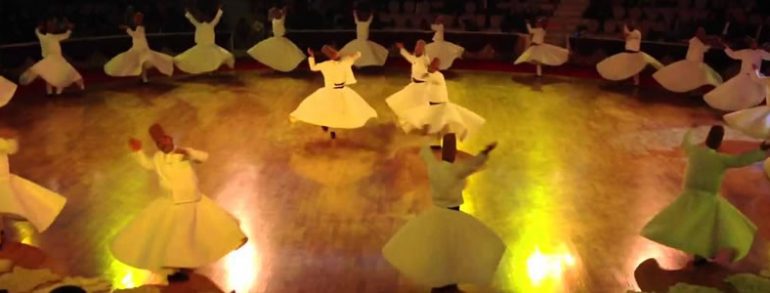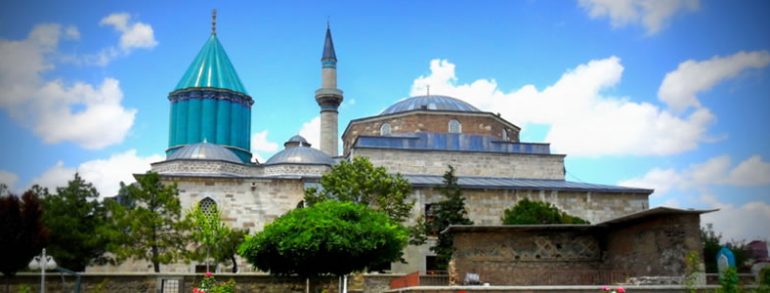The Ottomans, in their era, reached the highest level of architecture, achieving a perfect harmony between inner and outer spaces, as well as light and shadow. The architecture of the Ottoman Empire, first developed from the earlier Seljuk architecture, was influenced by different cultures over the years. When Ottomans expanded form Anatolia and Constantinople, to…
Read more
Ottoman Architecture
